Review Sudden Strike 4
Sudden Strike 4, from Kite Games, is a real-time tactics game like its predecessors. The ten years that have passed since Sudden Strike 3 launched have seen massive graphical improvements and technological steps. This is shown perfectly in Sudden Strike 4 — a stunning return for the series and hopefully a resurgence for the genre.
There is, in my mind at least, a clear difference between strategy and tactics games. Strategy games, for me, involve resource gathering, defences or base building, and more control over the makeup and scale of your forces. Tactics, then, are the tight skirmishes where you have to try to keep your forces alive, reinforcements are rare or non-existent, and if you’re losing troops, you’re on a downhill slope. This line blurs with RTS because some of the bigger names — Command and Conquer and Starcraft — featured levels which lacked base-building, although even then the units had distinct types and were without abilities.
With that out of the way, we can start discussing Sudden Strike, which definitely keeps with the series in being a game about tactics. As with previous games — for those who haven’t touched on the series before — each unit has several tracked elements: ammo, health and more. Ammo is the important one; each unit in the game must be kept supplied and stocked up or they’ll be dead in the water, attempting to hold ground with no ammo.
As a fan of sticking with infantry in RTS games, the original Sudden Strike’s skirmish mission — inspired by the plot of Spielberg’s Saving Private Ryan — was a perfect introduction to the series. With a variety of unit types under your command, you had to keep pushing along with the plot of the film, continually outgunned and outnumbered, always counting ammo and considering flanking options. Of course, the main game was much more focused on tanks and armour, although infantry definitely remained a critical part of any operation.
Sudden Strike 4 definitely retains that multi-divisional aspect, with focus on both infantry and tank disciplines required by players throughout the three launch campaign missions. Satisfyingly, it’s more than possible to take out a tank with well-positioned infantry, be that using a mortar array or simply getting your troops to hurl grenades from the bushes. Even in the more complex later missions, infantry holding positions and using their manoeuvrability over tanks and artillery to move from cover-to-cover, scouting and manipulating the battlefield, is a key part of mission structure. It’s a game which, unlike the RTS boom of the 90s, doesn’t discard old technology — doesn’t end with tank and air-unit only missions. Indeed, the moments that stick with me the most involve the paper-thin infantry: commandeering abandoned enemy vehicles, taking up discarded artillery positions and even re-purposing civilian vehicles into glass chariots to wrap soldiers behind enemy lines and spot any weaknesses.
The soldiers may be, as obviously their real-world counterparts were, easily dispatched by a well placed enemy, but also far from expendable. The Sudden Strike 4’s diverse terrains — from blown-out city districts in Stalingrad to lush French countryside, frozen ponds and immaculate European villages — are all flooded with cover opportunities for troops, from hiding in buildings and scattered watchtowers to shrugs, brush and fields to nestle within.
Slower, careful planning and play is a surefire way to keep your scant units alive. Luring enemies into alleyway ambushes, hiding a squad inside a field so they can flank enemies moving past, or leaving tank crew —unfortunately freed from their ride— as spotters, are all ideas and initiatives which are rewarded due to the game’s systems.
For all of my admiration for slower, crawling offence, though, it was the moments when the pace ramped up that have stuck with me the most. The first mission of the allied campaign is, peculiarly, Operation Overlord. Masses of units are on screen at once and you have to (rather helplessly) use the game’s new drag-slide formation system to spread out your troops, trying to move them up the beachhead. It’s a tough lesson in formations. Alternately, an early mission from the Axis campaign has players leading a limited force whose blitzkrieg is suddenly running short of both armaments and fuel. The mission shifts from ‘procure on site’ to a push along tight country roads into an industrial town. Then, as you’ve reconstituted your forces, added nearly wrecked enemy vehicles to your own, and almost expressly started focusing on the left side of the map, you run into the first enemy medium tank and have to peddle back to hold a forgotten position against waves of powerful enemy forces.
There are few games that can have you shift from a shell of a force to an offending troop or a defensive position encamped around artillery, but Sudden Strike 4 does it fantastically.
The medium tank, pushing on that industrial town, also served as a perfect highlight of the polarising pros and cons of the game. It’s a level I’ll happily use to explain Sudden Strike 4 to people in future, even more so than the clever storming of Stalingrad — which is definitely a tour de force for the game.
The natural path for the player between the recently acquired refueling station and the industrial town is a rough, thin country road. Two cars could happily bound alongside, but tanks must go single file. This is, of course, no problem. The game’s pathfinding here is excellent, as you’ll really just be sending units to the end of the road — basically a straight line. However, when it comes to the units stopping or ending their path around a building, the game still suffers where RTS games did decades ago. Tanks get themselves knotted up around the backs of buildings and infantry stand slightly out in the open as you’ve moved the group to the rear of a building.
This is a combination of pathfinding issues, albeit only for vehicles and infantry lacking any willpower. There’s a bitter, historic irony in commanding a line of infantry to a location and then having them stand there in the open, under fire, until they die. However even historically, each group would be under the command of a senior soldier — not some floating commander who must manage 15–200 units across five square kilometres.
Auto-cover, or breaking for the brush, would be fantastic. It would also be a bit of a monster to program, I should think, due to the game’s destructibility. When I first came up against the medium tank, the shells my tanks fired deflected clean off of the front of the vehicle, smashing into the side of a building. The wreck of my tank, which had failed to get away in time after being outmatched, later served as persistent cover for the first infantry I tried to use as a spotter.
As I inferred earlier, I ultimately solved this issue with infantry. My armoured units smashed through a town wall, opening up a railyard (which I had thought would be full of enemies, but was in fact empty —good thing I didn’t yell ‘Surprise!’) to my infantry. Requisitioning civilian vehicles, I moved the infantry wide around the static enemy tank, ultimately getting about a dozen infantry lined up in the scrub while a small unit, half the size, crawled over the dusty ground of the town towards the tank from the other side. Hitting pause, I gave orders to every unit who had a grenade. A confusing moment would have undoubtedly erupted among the crew in the tank as a pincer movement of battered soldiers appeared and started lobbing potato-mashers at the rear of the vehicle.
It’s rare for strategy or tactics games to give bog-standard infantry the chance to wipe out a tank, but Sudden Strike 4’s various mechanics and systems allow for players to transcend the normal ‘infantry-tank-artillery-infantry’ loop of strategy games, and that is something that deserves celebration.
At this point, a message came through: more enemies are inbound. More tanks. All of a sudden the level shifted to the defensive. I pulled my troops back to the crossroads we’d long passed and set up the towed artillery facing toward the town. Knowing it would be a hard battle, I abandoned the vehicles that had towed the arty in, dumping them in the centre and along the approach to give the enemies a few distractions along the way.
Chaos erupted, and the vehicle graveyard ended up serving as a vicious maze for me to bob and weave troops between as they ran for resupply at our trucks, sliding medics between the burning husks that served as cover for enough time for them to get a wounded soldier off of the ground. Every soldier counts; the medic, the resupply vehicles and repair vehicles (which can often get a tank up and moving again, or bring abandoned vehicles back to use) are essential in both holding out and moving forward.
Maybe my time away from the real-time strategy scene is showing a little in my fascination with the smaller details and moments, but infantry being spotted as they crawl through sections of fields flattened by tank treads, or as they pass an alley ending in a blown-out city, is to me a hallmark of excellent game design and execution.
All that said, the campaign maps and briefings that sew the missions together are as lacking as they seem to be in most of the genre. American voice actors voice the inter-mission briefings even for the Comintern and Axis campaigns, and the doctrine and rewards systems are barely palpable, seeming to take more away from the game than they add in. It’s hard to quantify a successful mission more than the amount of units who made it both in and out of the skirmish, so extra bonus objectives dressed up as medals and rewards feels a little contrived and was regularly forgotten until I reached the board that showed them.
Sudden Strike 4 feels like a true successor to the series. It adds in a mass of new gameplay elements to consider while still capturing the feeling of earlier titles, though still retaining a few of their flaws.
Sudden Strike 4 is available now on Xbox One, PS4 & Windows PC.
If you’re interested in sending a few pennies our way with your PC version then you can buy it via the Humble Store.












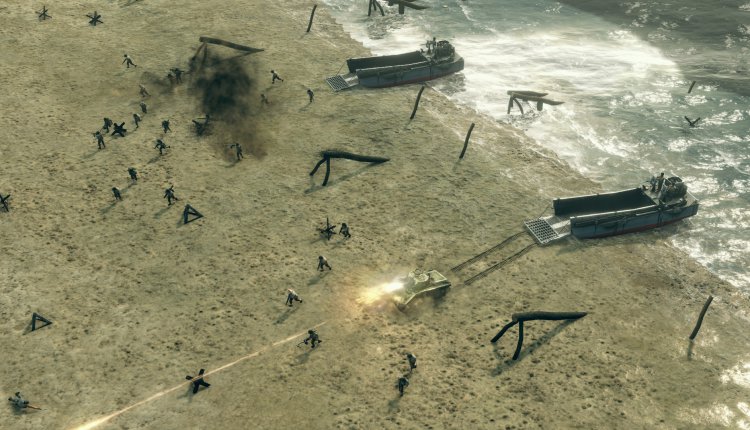
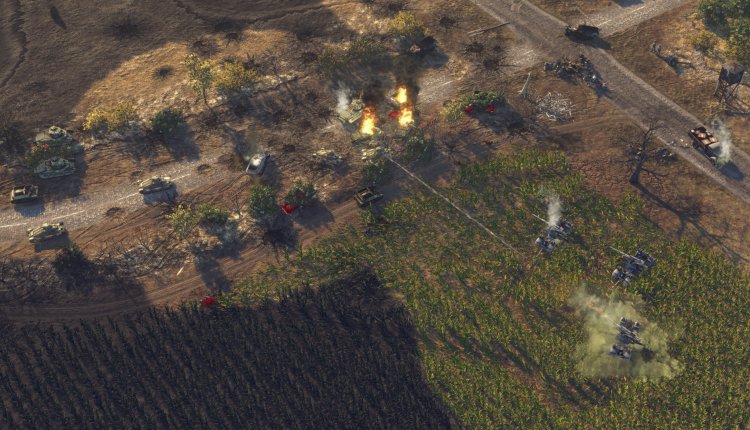
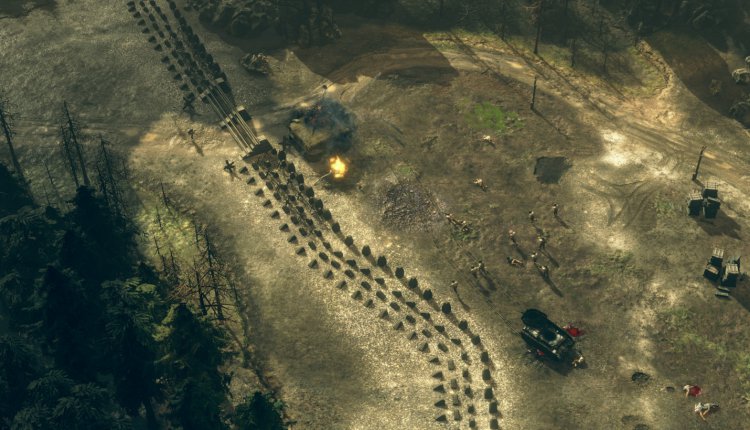
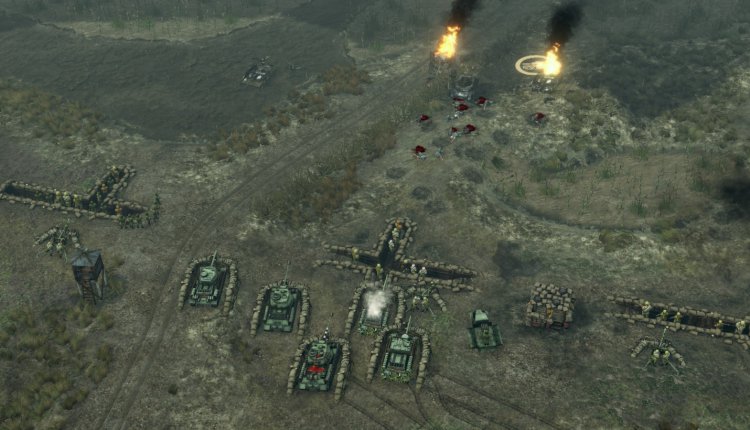
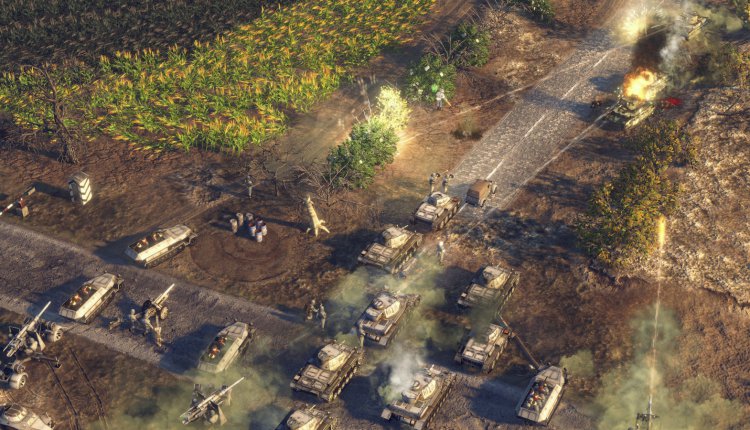
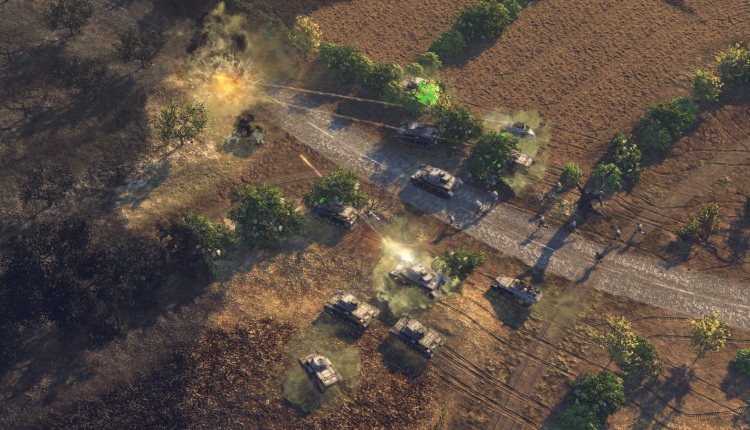
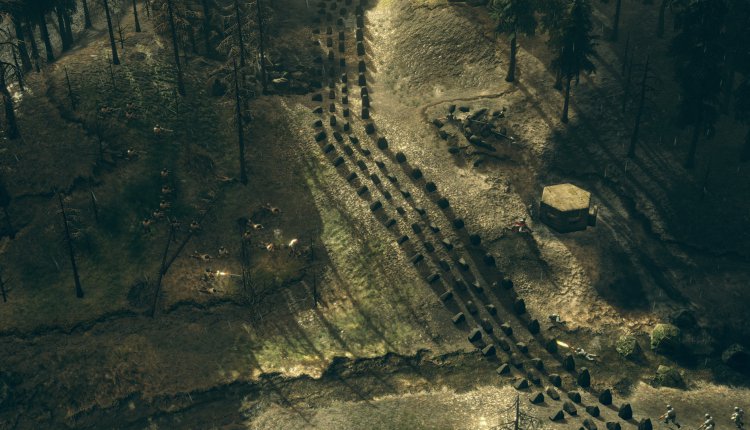
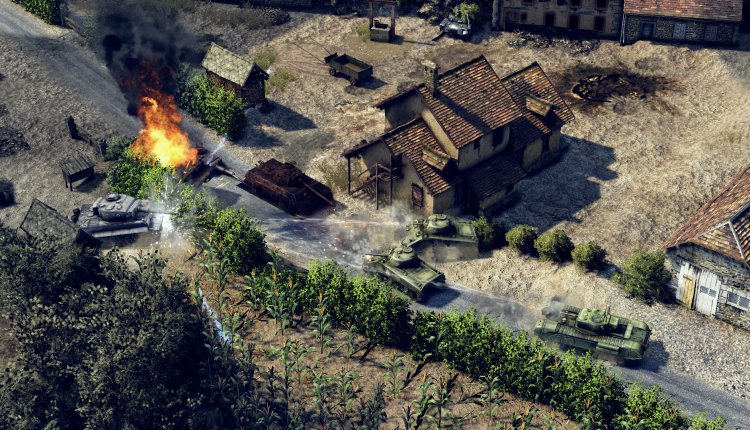
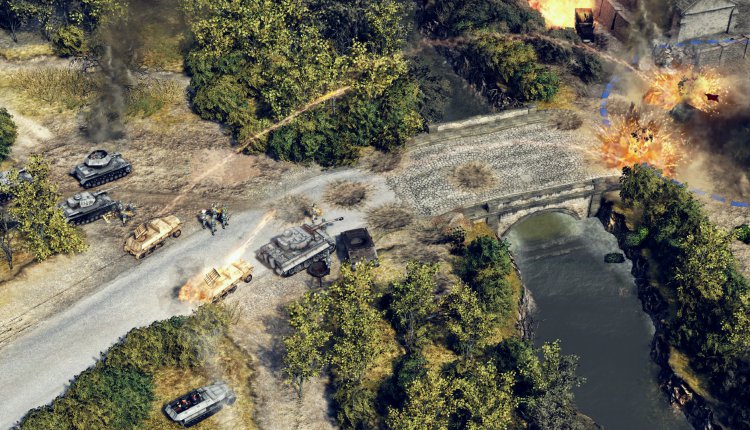
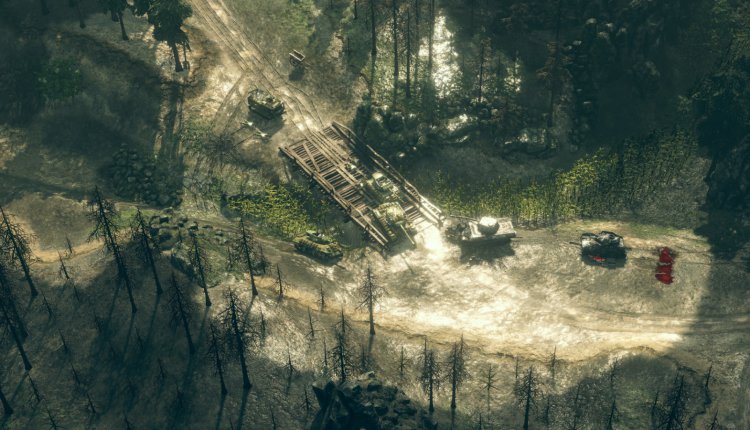
Comments are closed.